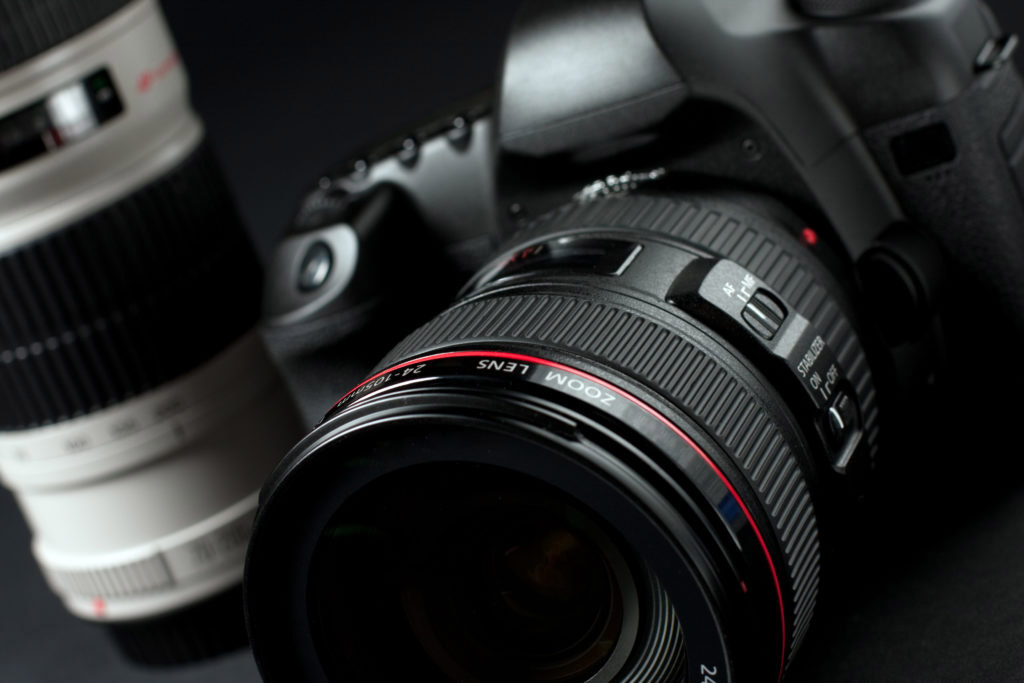A little while back we discussed photography terms and more specifically depth of field and aperture. This week I wanted to further “dissect” depth of field and talk about how Focal Length can affect your images.

To refresh your memory depth of field is:
-
Depth of Field (DOF): Depth of field is the amount of subject matter that is in the foreground and background of your plane of focus that appears to be in focus. For example, if a photographer wanted to photograph a single person in a crowd of people, they would use a “shallow depth of field” to make the surroundings and background blurred and bring the single subject to the front of the image. If someone wanted to photograph a mountain landscape scene though, and they wanted to capture all the details and textures, they would use a deeper depth of field. The three things that affect DOF are Aperture, Focal length, and the distance from your subject.
Now lets learn what focal length is and what it’s correlation with depth of field is:
-
Focal Length: Focal length is usually measured in millimeters (mm) and it is the basic description of a lens. Unlike what some people may think, it is not the actual length of the lens, but rather the distance between the center of the lens and the imaging sensor when the lens is focused to infinity. The focal length also tells us the angle of view (how much of the scene that is going to be captured) and magnification (how large individual subjects are going to be). The longer the focal length is, the narrower the angle of view and higher the magnification. The shorter the focal length is, the wider the angle of view and the lower the magnification.
So in other words, if you use a lens with a higher focal length, you will have an easier time isolating your subject from the background and creating a nice soft blur effect. The subject may also appear slightly magnified. If you’re looking to capture an image with all around intense detail and sharpness (such as a landscape shot) you may want to use a smaller focal length like to capture your entire scene in focus. The image may also appear slightly smaller than it actually is.
To demonstrate how Focal Length can affect this and also how it can affect perspective, I conducted the following exercise:

All of the images have the same shutter speed of 1/160 sec., aperture of F/8.0, and ISO 200 with the focal length being the only changing factor. The first shot I used a focal length of 18mm, the second middle photo 55mm and the third photo 160mm. In the first image you can see that the subjects (the pumpkins) are clearly in focus as well as the landscape background and all of the surrounding elements. You can also see that the pumpkins appear slightly smaller in comparison to the other two images. In the second image the background is slightly blurred more and the pumpkins are still crisp and detailed. In the third image the subject is clearly isolated from the background and there is a nice soft effect surrounding the pumpkins. Also as you may notice, in this image the pumpkins and the grass appear to be slightly closer and larger than in the first two. Depending on your desired effect, you can see how each different focal length makes a big difference!
We want to know, what is your preference for focal length? Do you prefer to have a fixed length, or perhaps a lens with a really wide range? Tell us in the comments!
Pingback: How to Photograph Groups of People (and Keep them All in Focus) - Summerana - Photoshop Actions for Photographers